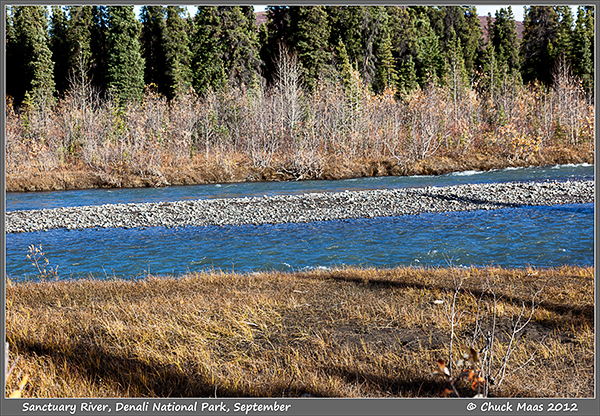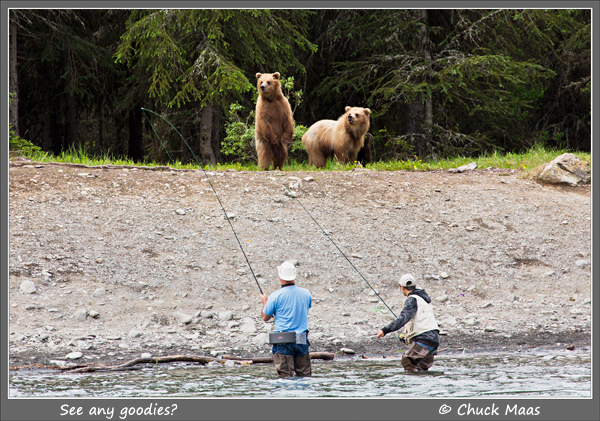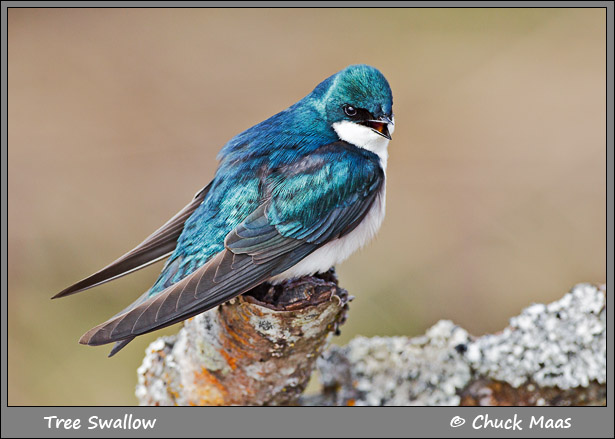Photokina has come and gone and the biggest Canon announcement was the EOS 6D, an “entry level” full-frame model aimed at a niche a step below the 5D Mark III. For about $2,100 you can shoot full frame too. Of course a brand new 5D Mark II can still be had for less than that and is still a very competent tool, so if you’re interested in moving to full frame for the first time you’ll need to compare features carefully. Nikon has also released a D600 in the same price bracket, so the completion—even across platforms— is very strong, to say the least.
And yes, there were a couple new PowerShots (G15 and S110) at the Canon stand, but little else to raise the heart-rate of those invested in the EF lens mount—still nothing official on the 200-400mm zoom, for example, and no 7D update. After-show speculation is mounting though, and several sources indicate there may be a high megapixel count Canon body coming fairly soon (the mythical 3D or a 5D X?), and that there is likely a newly designed crop sensor intended for a 7D Mark II early next year. I hope this is the case. As much as I appreciate and enjoy using a full-frame body for a lot of nature work, the additional reach a 1.6 crop-factor sensor provides can be an invaluable tool without resorting to extenders and the inevitable loss in light-gathering capability and image quality, however slight.
Here’s what I’d really like to see from Canon in the next few months: a 7D Mark II with first-rate sensor plus articulating LCD (and please keep the CF memory card format); and a long-awaited update to the venerable 100-400mm zoom lens with state-of-the-art IS and a little closer minimum focus distance. That would be a killer combination for a whole host of nature shooters.
In the meantime, the level of imaging tool sophistication is way beyond the needs of 99.5% of users, and obsessing over body/lens choices just isn’t very useful anymore. Which is a good thing, because it’s never been the most important part of the equation anyway.



